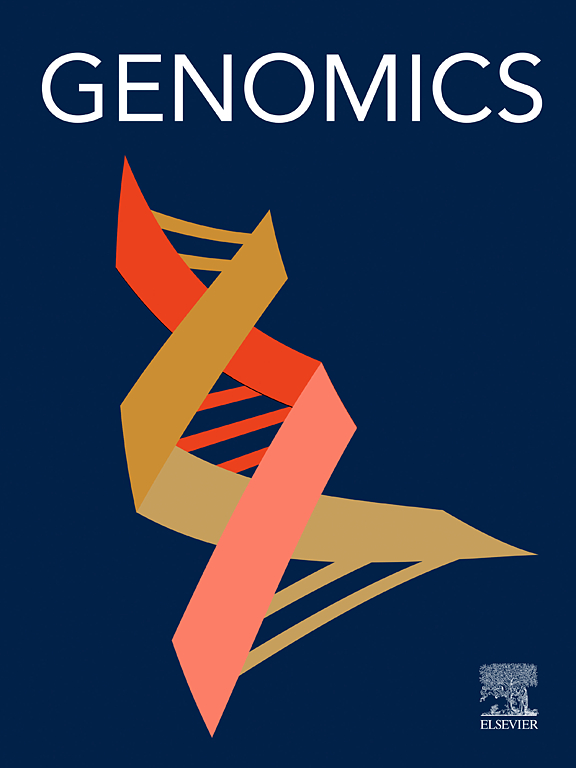利用全有丝分裂基因组分析贵州苗族群体的母系遗传结构
IF 3
2区 生物学
Q2 BIOTECHNOLOGY & APPLIED MICROBIOLOGY
引用次数: 0
摘要
苗族语(HM)主要分布在中国南部和东南亚,在群体遗传学方面,特别是在整个有丝分裂基因组的研究中仍未得到充分的研究。在这项研究中,我们对来自贵州苗族、瑶族和畲族的261个苗族人进行了全有丝分裂基因组测序。单倍群分布以东亚南部单倍群(B、M7和F)为主。中性检验结果为显著的负值,错配分布分析结果为明显的单峰分布,表明种群具有较高的遗传多样性和近期的种群扩张。为了全面了解说汉语人群的母系遗传背景,我们合并了来自世界各地83个人群的全有丝分裂基因组数据。我们的研究结果表明,HM- g与东亚和东南亚的HM-和tai - kadai人群表现出相对接近的遗传距离。这些结果为HM-G的遗传结构和进化历史提供了重要的见解。本文章由计算机程序翻译,如有差异,请以英文原文为准。
Maternal genetic architecture of Guizhou's Hmong-Mien populations via whole mitogenome
The Hmong-Mien (HM) language family, majorly distributed across southern China and Southeast Asia, has remained underexplored in population genetics, particularly concerning whole mitogenome studies. In this study, we sequenced the whole mitogenomes of 261 individuals from Guizhou Hmong-Mien-speaking populations (HM-G), comprising Miao, Yao, and She individuals. The haplogroup distribution was dominated by southern East Asian haplogroups (B, M7, and F). The neutrality test revealed significantly negative values, and mismatch distribution analyses showed a pronounced unimodal distribution, indicating high genetic diversity and recent population expansion in populations. For a comprehensive understanding of the matrilineal genetic background of the HM-speaking population, we merged whole mitogenome data from 83 populations worldwide. Our findings showed that the HM-G exhibited relatively close genetic distances to HM- and Tai-Kadai-speaking populations from East and Southeast Asia. These results provide crucial insights into the genetic structure and evolutionary history of HM-G.
求助全文
通过发布文献求助,成功后即可免费获取论文全文。
去求助
来源期刊

Genomics
生物-生物工程与应用微生物
CiteScore
9.60
自引率
2.30%
发文量
260
审稿时长
60 days
期刊介绍:
Genomics is a forum for describing the development of genome-scale technologies and their application to all areas of biological investigation.
As a journal that has evolved with the field that carries its name, Genomics focuses on the development and application of cutting-edge methods, addressing fundamental questions with potential interest to a wide audience. Our aim is to publish the highest quality research and to provide authors with rapid, fair and accurate review and publication of manuscripts falling within our scope.
 求助内容:
求助内容: 应助结果提醒方式:
应助结果提醒方式:


